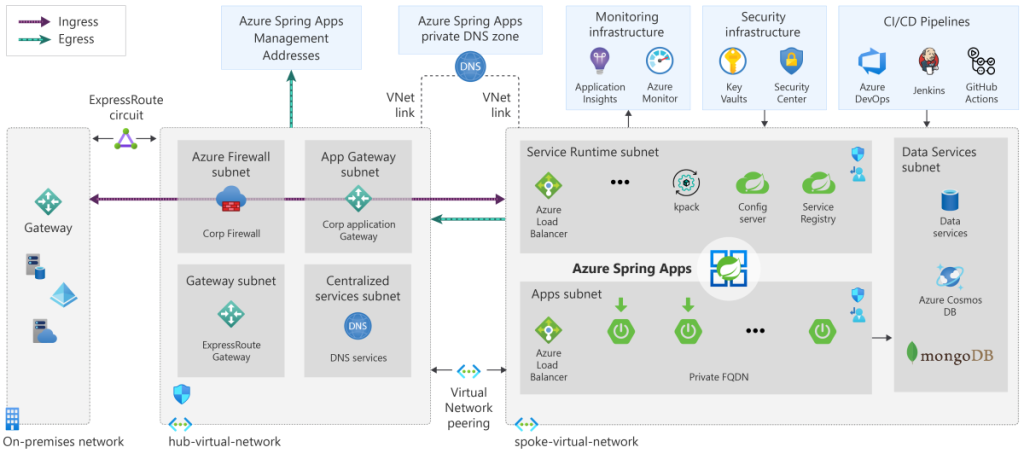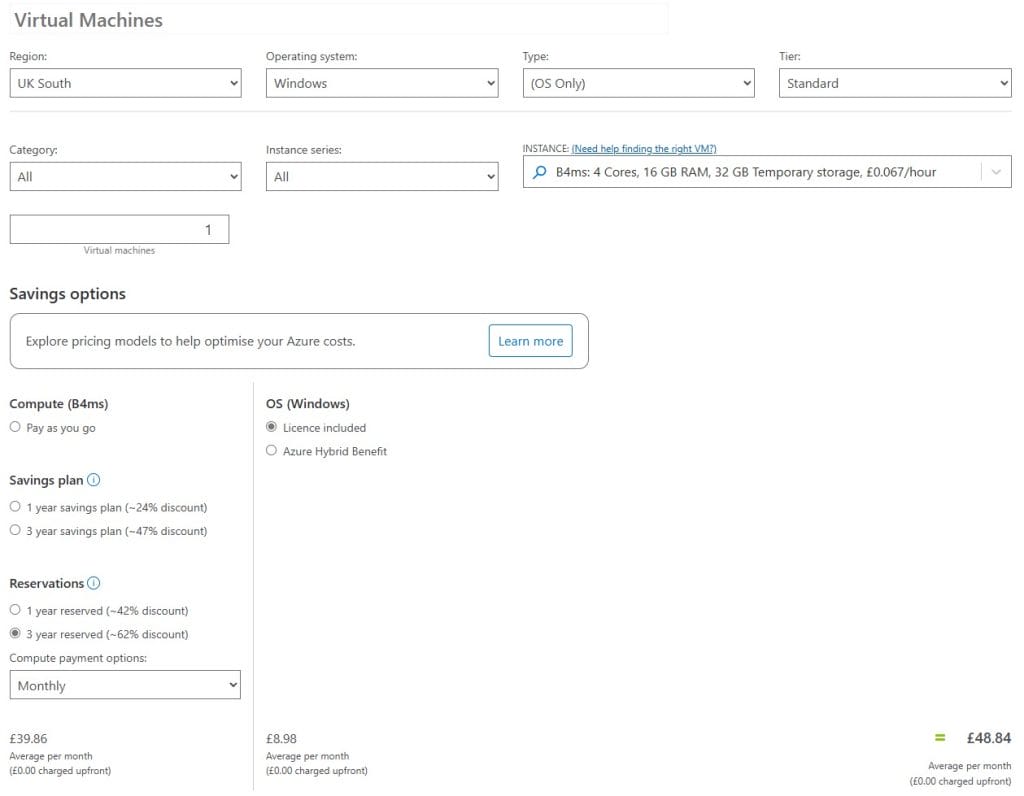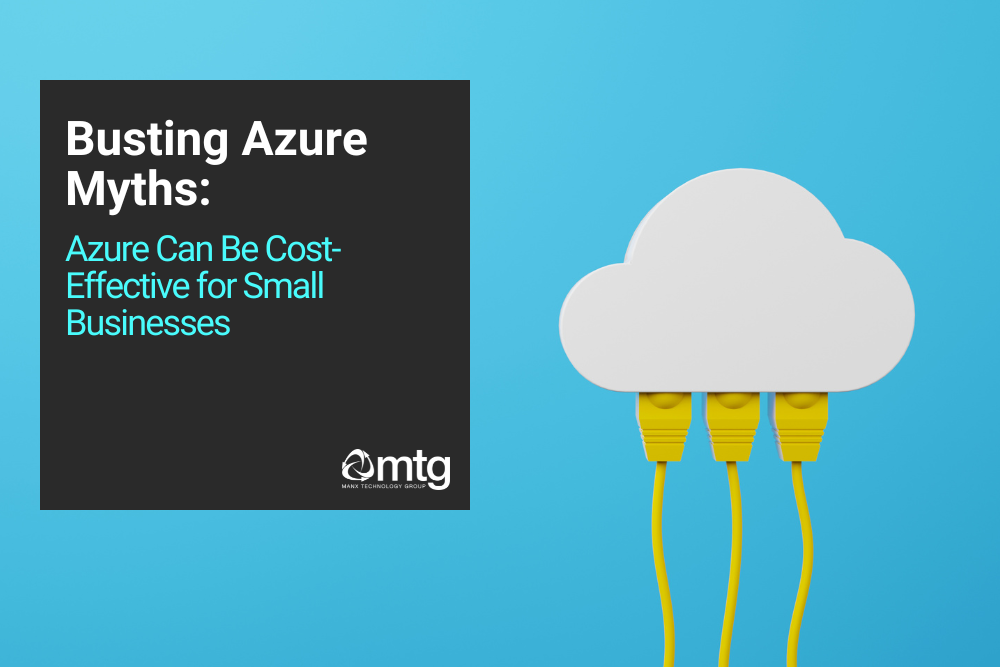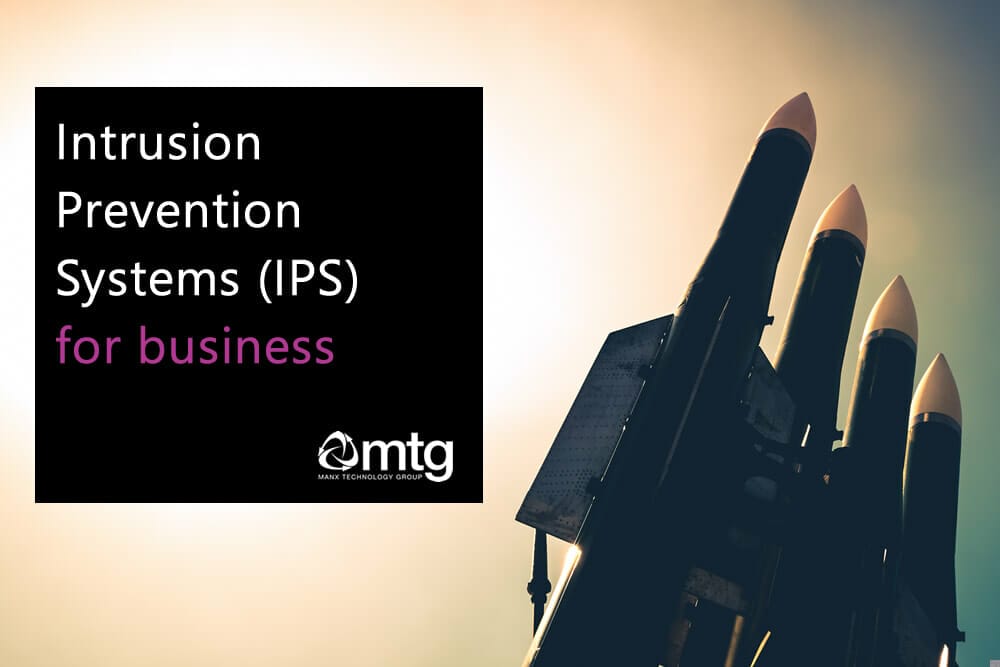As more businesses look to Azure for scalability and flexibility, there’s a persistent myth that “Azure is too expensive” – especially compared to traditional datacentres. But with the right setup, Azure can offer tremendous value for money, particularly for small businesses.
Myth #1: Azure Costs More Than Traditional Datacentres
It’s easy to assume that Azure costs more than on-premises datacentres. The reality is, with proper planning, Azure is highly cost-effective.

Myth #2: You’ll Pay for Resources You Don’t Use
With traditional datacentres, it’s common to have underused resources racking up costs. But with Azure, you’re billed only for what you actually use, and serverless options make this flexibility even better.
For example, instead of migrating your old on-prem file server to an Azure VM file server, consider Azure Files – a fully managed, serverless file share that saves you from overpaying for unused compute power. Likewise, rather than sticking with SQL Server on a VM, using Azure SQL provides a managed SQL database that scales with your needs.
Think of serverless computing as “on-demand cloud.” For small businesses with variable workloads, it’s a highly efficient way to keep costs low without compromising performance.

Myth #3: Cloud Backup is Expensive and Complicated
Azure has simplified backup through services like Azure Backup and Azure Site Recovery. These aren’t just cost-effective; they’re easy to set up and manage, allowing you to schedule backups, set retention policies, and automate disaster recovery. No more costly backup servers or tape libraries – you’re cutting out those traditional datacentre costs entirely.
Myth #4: Azure’s Cost Structure is Unpredictable
Azure provides built-in tools like the Azure Pricing Calculator and Azure Cost Management to help you estimate and track spending. Features like budgets and alerts mean you’ll always know where your money is going. In fact, many small businesses find it easier to stay on budget with Azure than with traditional datacentres.

Myth #5: Azure Can’t Match On-Premises Performance for Small Businesses
One of the most significant advantages of Azure is the super-fast networking speeds it offers, often with connectivity rates up to 10 Gbps (10GE). For small businesses used to limited on-premises bandwidth or slower internet connections, Azure’s high-speed network is a game-changer. This performance boost means faster, lower latency access to applications, reduced lag, and increased productivity for teams working with cloud-based files, databases, and applications.
Myth #6: Azure Security Isn’t as Robust as a Traditional Datacentre
Azure’s security layers are extensive, including SOC2 compliance, Microsoft 365 integration, Conditional Access, Privileged Identity Management (PIM), FIDO2 authentication, Defender for Cloud, Azure Sentinel for threat intelligence, Azure Security Centre for proactive security management, and automated vulnerability scanning – all forming a cohesive, adaptable defence that traditional datacentres rarely match.
Finding the Right Balance: Azure or Traditional Datacentre?
At the end of the day, the choice between Azure and a traditional on-premises datacentre depends on your business’s specific needs. On-premises setups can still offer value, particularly for companies with regulatory requirements, legacy systems, or specialised workloads. It’s about finding the right balance that aligns with your goals, budget, and operational demands. The key is a flexible approach – choosing the solution that best meets your unique needs, whether it’s leveraging Azure’s extensive capabilities or maximising the value of a traditional setup.
Key Takeaway: Azure is Cost-Effective When Used Wisely
The myth that Azure is “too expensive” doesn’t hold up when you look at the facts. With tools like Reserved Instances, serverless services, and flexible specifications, Azure can deliver exceptional value for money, keeping costs in line with (or even below) traditional infrastructure. We think it’s a practical, cost-effective solution for small businesses seeking performance without the datacentre price tag.
Windows 365
Pairing Azure with Windows 365 can elevate your business’s flexibility and productivity even further. With Windows 365, you get a fully managed, secure Cloud PC experience, allowing employees to access their work desktops from virtually anywhere. Combined with Azure’s powerful infrastructure, Windows 365 provides seamless integration and scalability, enabling your team to work securely and efficiently without the need for heavy on-premises hardware.




